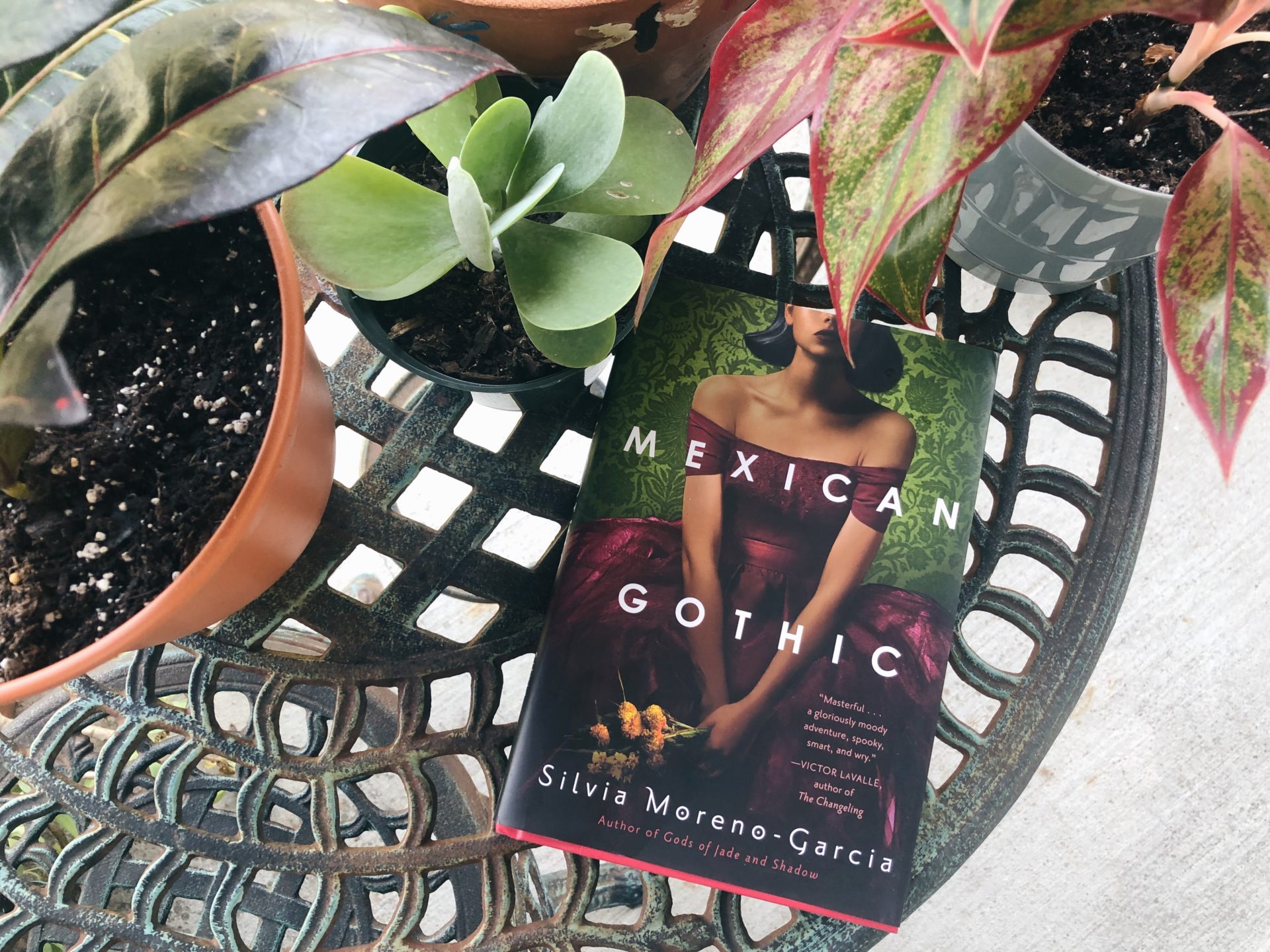The Austin360 Book Club powered by Texas Book Festival thoroughly enjoyed reading Mexican Gothic by Silvia Moreno-Garcia in August! This dark twist on the classic gothic novel is definitely a story you’ll want to read with the lights on. We were delighted to talk with the book’s author about the book! Want to discuss Mexican Gothic with us? Join the book club on Facebook!
What inspired you to write your own twist on a gothic novel? Why set it in 1950s Mexico?
Gothic literature does not include many people of color. When it does, they are an Other that is horrific or exotified. You see it in Dragonwyck, where there is a mixed-race woman whose main role is to appear to be shifty and potentially dangerous/mad. You see it also it with Dracula, who is technically European, but he’s Eastern European and at the point in time when Stoker is writing this is seen as an ‘inferior,’ dangerous sort of person and a racial Other. And you even see it in Jane Eyre, with the mad wife in the attic. The wife is technically white, but in the 19th century there is this fear of degraded whiteness. So the thought is that white people who are growing up in the Caribbean, who are being exposed to the influences of people of color, of the Other, are being diminished in some capacity. It’s a compromised whiteness.
So I wanted to place a Mexican heroine in the middle of a Gothic novel and not have her be a figure of exotic thrills or repulsion. She is not the dreaded Other and the European forces are not by default the superior, civilized element of the book.
Parts of this book feel very Shirley Jackson-esque, the way High Place seems to be its own character. Were you inspired by any other “haunted houses” in horror stories, or maybe even real-life locations, when writing about High Place?
I was inspired by a real town in Mexico called Real del Monte. It’s up high in the mountains, it tends to be chilly there and rainy during certain times of the year, and it was mined by the British in the 19th century. The English presence earned it the nickname of ‘Little Cornwall’ and it has a very distinctive English cemetery. When I visited that cemetery I thought it was like stepping into a vintage horror movie, with mist all around.
The subject of eugenics comes up a lot in the book. What made you want to address this topic?
I have a Master’s degree in Science and Technology Studies. My thesis revolved around eugenics and early 20th century literature, specifically Lovecraft’s work. Eugenics was a widespread ‘discipline.’ There were eugenics journals, it showed up in textbooks and it even inspired legislation. Eugenics often mixes with issues of race and Latin America becomes a contested space in eugenics thought because there is race mixing, which is seen as very dangerous by white eugenicists in places such as England. That is how you find people such as Ephraim Squier, an America archeologist, saying that “In Central and South American and Mexico we find people not only demoralized from unrestrained association of different races, but also the superior stocks becoming gradually absorbed in the lower.”
How did you get the idea to use the ouroboros as the Doyle family’s coat-of-arms?
I saw it in a tombstone. It was a symbol used by alchemists and by Gnostic sects. I also found references of it in books such as Mushrooms, Myth and Mithras: The Drug Cult that Civilized Europe.
Your publisher shared a Spotify playlist to go along with the book—were there any particular pieces of music that inspired you while writing this book?
No. I very much like “The Chromatics,” though.
It was recently announced that the book has been optioned for a Hulu series by Kelly Ripa and Mark Consuelos. What parts of the novel are you most excited about seeing brought to life?
I think the set design for the house, to be honest with you. And I’m just really curious to see how screenwriters adapt something from book form into a script.
What are you reading right now?
I’m doing preliminary research for another book, so my reading list would look extremely bizarre. For my own pleasure I just bought “Unforgetting: A Memoir of Family, Migration, Gangs, and Revolution in the Americas” by Roberto Lovato and I have a review copy of “The Phlebotomist” by Chris Panatier.

